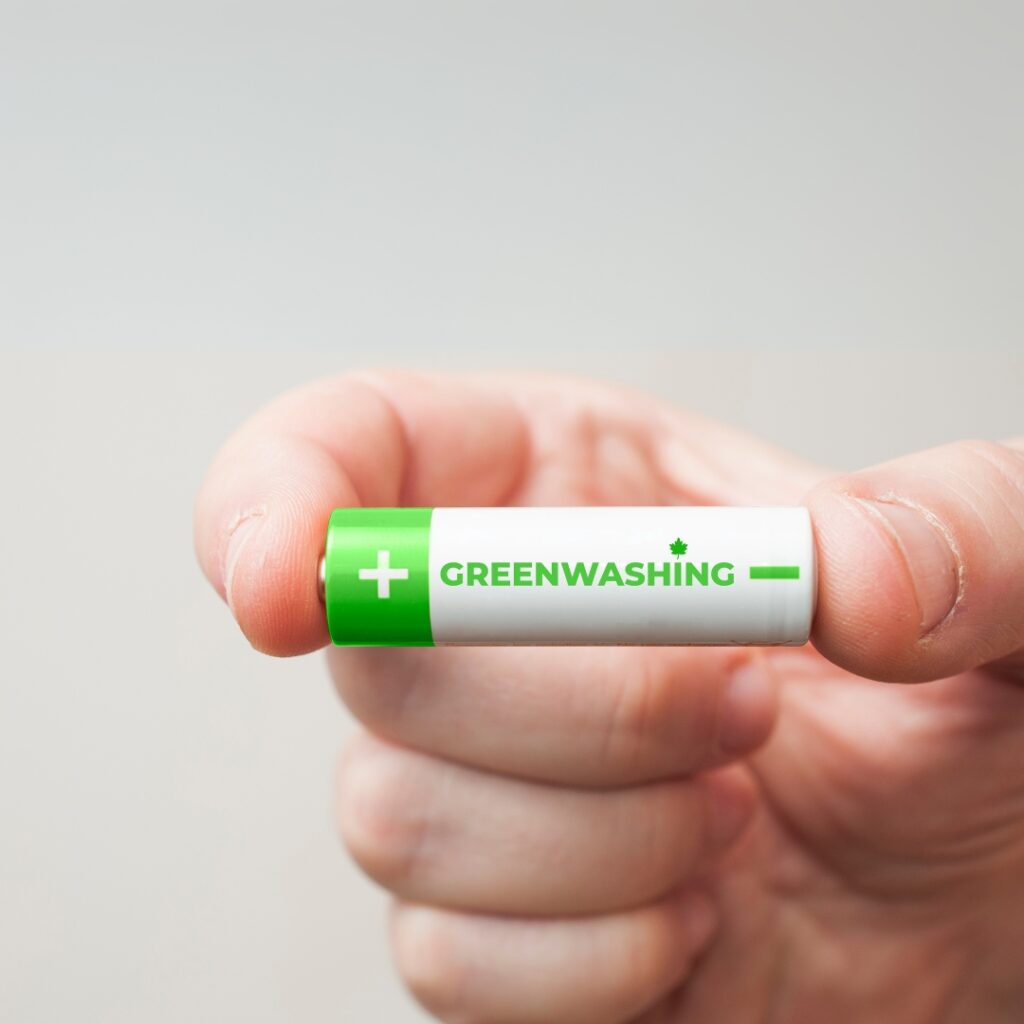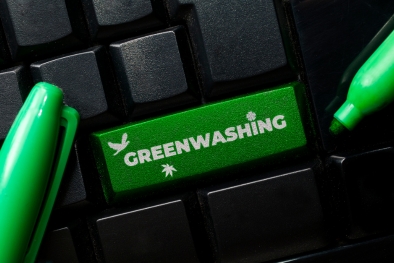Greenwashing: The Hidden Truth Behind Eco-Friendly Claims
In a world increasingly aware of climate change and environmental concerns, companies feel the pressure to present themselves as eco-conscious. However, not all claims are genuine. Greenwashing is a rising trend where businesses exaggerate or fabricate their environmental efforts to gain public approval. This blog explores what greenwashing is, why it happens, and how consumers can detect and avoid it.
What is Greenwashing?

Greenwashing refers to the practice of making misleading claims about the environmental benefits of a product, service, or company. It aims to create a false impression of sustainability, often prioritizing image over actual environmental impact. Companies use greenwashing as a tool to tap into the growing market of environmentally conscious consumers, without necessarily adopting truly sustainable practices.
The term “greenwashing” was first used in 1986 by environmentalist Jay Westerveld. He criticized hotels for urging guests to reuse towels in the name of sustainability while ignoring more significant environmental practices. Since then, greenwashing has expanded across industries, adapting with increasingly clever marketing tactics.
Why Do Companies Greenwash?
Greenwashing usually arises from a desire to meet growing consumer demand for eco-friendly products. Sustainability has become a strong selling point. Companies recognize this and attempt to position themselves favourably in the public eye. Some of the key reasons for greenwashing are:
- Market Appeal: Consumers are drawn to green products, making it profitable.
- Cost Savings: It’s cheaper to advertise green practices than implement them.
- Competitive Advantage: Companies want to outshine their competitors.
- Lack of Oversight: Weak regulations allow false claims to go unchecked.
Marketing or Manipulation? Greenwashing Tactics Exposed
Companies use a variety of tactics to make their products appear more environmentally friendly than they really are. These strategies often rely on misleading language, selective disclosure, and emotionally appealing visuals. One of the most prevalent tactics is the use of vague or undefined terminology. Words like “natural,” “eco-friendly,” or “green” sound impressive but often lack a standardized meaning. Without clear definitions or third-party verification, these terms can be deceptive.
Another strategy is known as hidden trade-offs, where companies highlight one positive environmental aspect while ignoring other harmful impacts. For example, a product may be labelled as “recyclable” but made in a factory with high carbon emissions. Brands may also use irrelevant claims to distract consumers. A product might advertise being “CFC-free” even though CFCs have been banned for decades. Visual deception is common as well. Marketers often use images of nature—like forests, animals, and green leaves—to imply environmental friendliness, even if the product has no genuine sustainability benefits.
Recognizing these tactics can help consumers make informed decisions and avoid being misled by surface-level green branding.
Some Real-World Examples
Several major companies have been caught greenwashing, leading to public backlash.
- Volkswagen: Advertised “clean diesel” vehicles while installing cheat software to pass emissions tests.
- Fast Fashion Brands: Launched “conscious” clothing lines while continuing to pollute heavily through fast production cycles.
- Oil Companies: Promoted their renewable energy investments while still investing heavily in fossil fuel extraction.
These examples highlight how greenwashing can occur in both product-level and company-wide campaigns.
The Dark Side of Green Marketing
The effects of greenwashing extend far beyond misleading advertisements. One major consequence is the erosion of consumer trust. When people repeatedly encounter false environmental claims, they begin to question all sustainability efforts, even those that are genuine. Greenwashing also causes direct environmental harm. Companies may focus on presenting a green image rather than addressing the root causes of their ecological impact. This means pollution, waste, and carbon emissions continue unchecked while consumers are misled.
Another significant issue is the creation of unfair market conditions. Brands that genuinely invest in sustainable practices often face a competitive disadvantage compared to those that only pretend to be green. As a result, honest companies may struggle to thrive. Innovation also suffers.

When marketing takes precedence over meaningful action, businesses divert resources from research and development into appearances. This stifles progress and delays solutions that could benefit the planet. Ultimately, greenwashing slows real climate action by covering up harmful practices and misleading the public about what’s truly being done.
Eco-Lies Exposed: How to Identify Greenwashing
Avoiding greenwashing requires a critical eye and a willingness to question what’s being presented. One way to identify trustworthy products is by looking for credible certifications. Labels from third-party organizations like Energy Star or Fair Trade reflect real environmental standards.
Consumers should also demand specifics. A product labelled “eco-friendly” should include clear, measurable data about its environmental benefits. General or vague statements often indicate greenwashing. Researching the brand can also help. If a company makes broad sustainability claims but has a poor track record or no transparency in its operations, its green image may be misleading.
It’s also important to be cautious of green buzzwords like “natural,” “clean,” or “green” without context. These terms are often used to evoke positive emotions rather than convey factual information. Informed and thoughtful decision-making is key to resisting deceptive marketing and supporting truly sustainable products.
Final Thoughts
Greenwashing misleads consumers, damages the environment, and hinders real progress toward sustainability. As the demand for eco-friendly products continues to grow, so does the importance of holding companies accountable. By recognizing deceptive marketing tactics, educating ourselves, and demanding greater transparency, we can encourage businesses to make meaningful changes. It is not just the responsibility of corporations, but also of regulators, the media, and everyday consumers to ensure that green truly means green.
